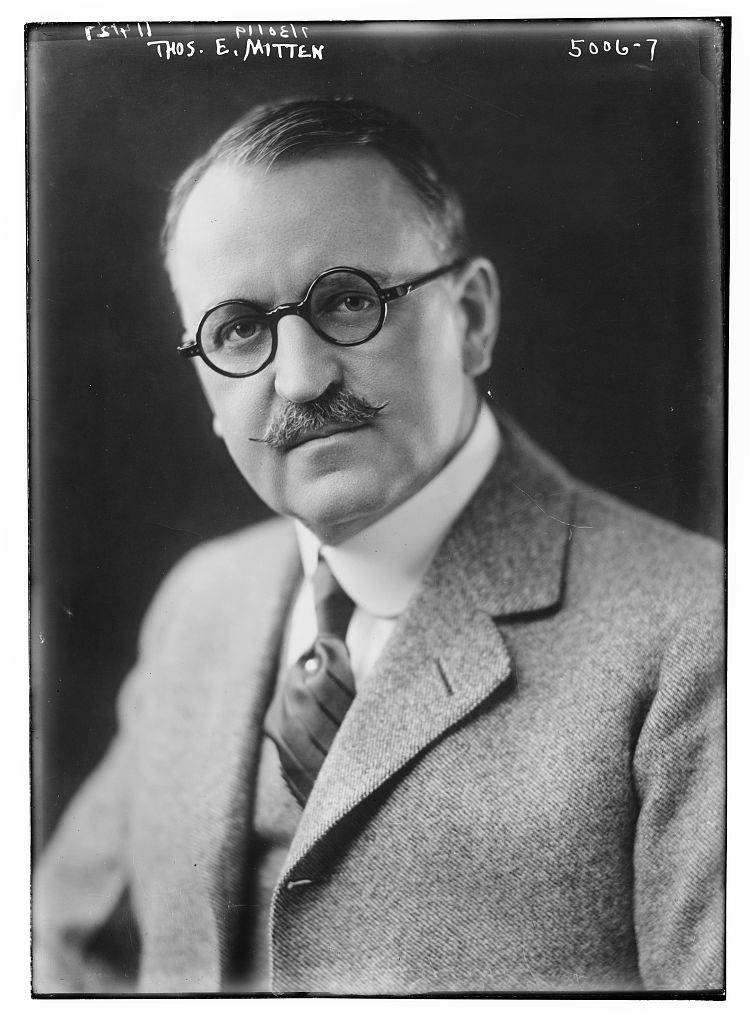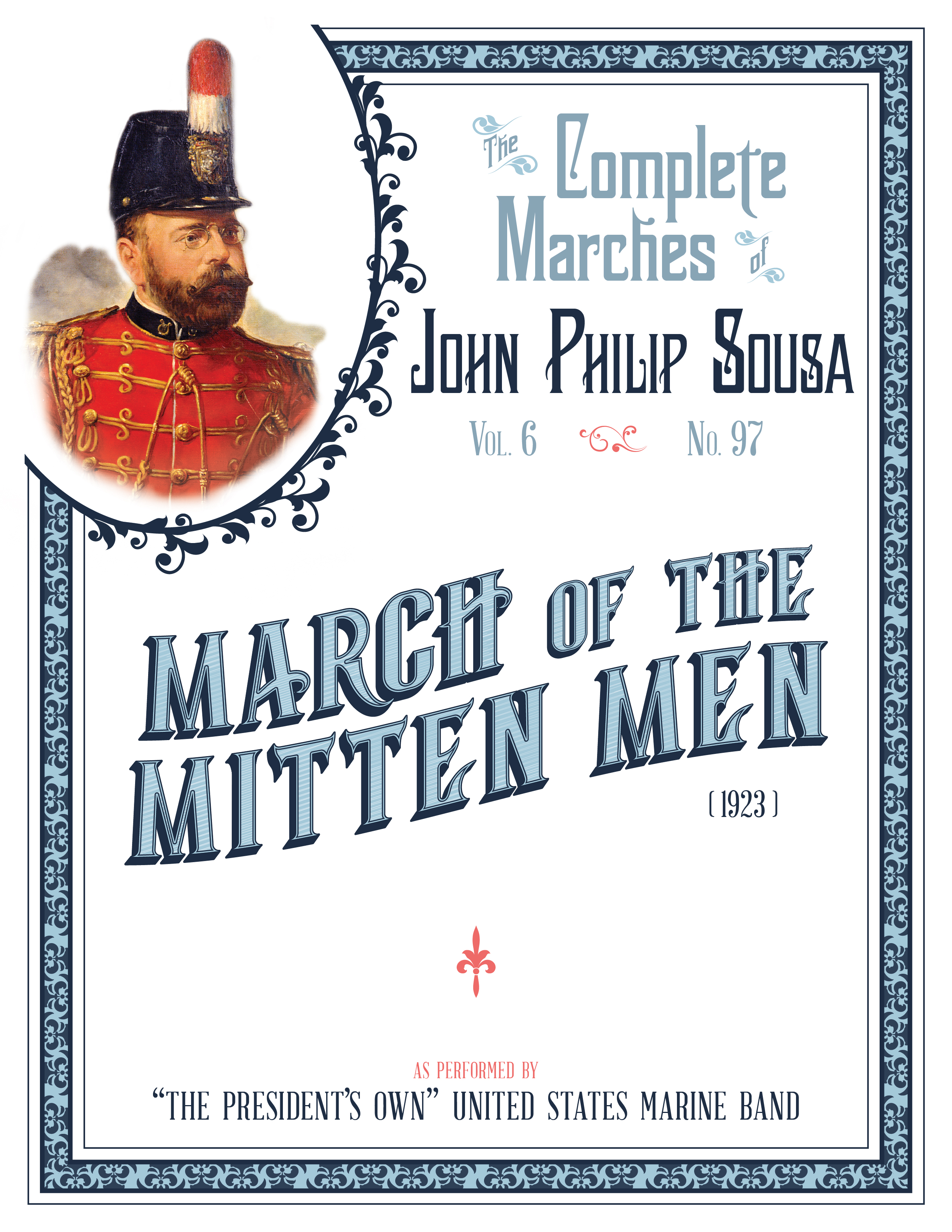Topics
During development of the information shared on this website, I was frequently challenged and intrigued by what I found and learned about my relatives, their lives, and the world in which they lived. I thought it would be interesting to explore some issues and topics that I believe are of broad interest to visitors to this site.
Life Expectancy, Death Rates and Childhood Mortality
Bertha Michel would have been my aunt had she lived past 14 months. But in 1890, she passed away. I got to wonder, how many other children died early in their lives back then. Penicillin was not available until 1942 and the first vaccines for childhood diseases didn't really arrive until early/mid 20th century: pertussis (whooping cough) 1914, diphtheria (1926), and tetanus (1938). How long could someone expect to live? How likely were children to die?
A review of life expectancy in the US from 1865 to 2020 was performed in 2024. The review's author stated:
"Over the past 160 years, life expectancy (from birth) in the United States has risen from 39.4 years in 1860, to 78.9 years in 2020. One of the major reasons for the overall increase of life expectancy in the last two centuries is the fact that the infant and child mortality rates have decreased by so much during this time. Medical advancements, fewer wars and improved living standards also mean that people are living longer than they did in previous centuries.
Despite this overall increase, the life expectancy dropped three times since 1860; from 1865 to 1870 during the American Civil War, from 1915 to 1920 during the First World War and following Spanish Flu epidemic, and it has dropped again between 2015 and now. The reason for the most recent drop in life expectancy is not a result of any specific event, but has been attributed to negative societal trends, such as unbalanced diets and sedentary lifestyles, high medical costs, and increasing rates of suicide and drug use." 1
Life expectancy (from birth) in the United States improved from 39 years in 1870 (after Civil War) to 78.8 in 2020 — a doubling in 160 years.
Death rates (deaths/1000) by age show a dramatic shift from highest in early childhood in 1890 (206) to 65+ in 2014 (732) [nb: 2014 was selected to avoid Covid's impact on data]. All ages went from 19.7 in 1890 to 8.3 in 2014; a 58% decrease.
Death by disease incidence from many of these diseases no longer pose a threat in today's society.
Unemployment Rates in the Great Depression
"Employment and Unemployment in the 1930s" (Margo, 1993) provides "Two series of aggregate unemployment rates are shown, Stanley Lebergott's (1964) and Michael Darby's (1976)... The difference between Lebergott's and Darby's series reflects the treatment of persons with so-called "work relief" jobs. For Lebergott, persons on work relief are unemployed, while Darby counts them as employed." 4
Banking
The operations and services of banks in the late 1890s-1920s are much different than those today as governance and oversight of allowed business practices were not as strict nor as broad.
Of relevance to JLM, he worked at several positions in banks thru his lifetime and in 1923 was Cashier at The City Banking and Trust Company in Hazleton, PA. The cashier is akin to the Chief Operating Officer of the bank in today's language. A study on banking in the 1890s from reports of National Bank Examiners provided the following information on bank management and compensation in that period:
"The three primary officers were the President, Vice-President(s), and Cashier. There were a number of instances in which there were multiple assistant cashiers, tellers, or bookkeepers, especially in the larger banks; in small banks some of these latter positions were vacant."
The examination reports provide useful information on compensation. For comparison, the 1890 values vs values in 2024 dollars: 5
Average salaries:
- Presidents $4,416 in 1890 is $153,000 in 2024
- Cashiers $3,416 is $118,000
- Vice-Presidents $3,113 is $114,600
Highest salaries:
- Presidents $50,000 is $1.7 million
- Cashiers $9,000 is $311,000
- Vice-Presidents $20,000 is $692,000
Thomas Eugene Mitten
Thomas Eugene Mitten born on March 31, 1864, at Brighton, Sussex, England. He came from England as a telegraph worker and ended up, drowned in pond on his vacation estate in the Poconos on 1 Jan 1929 at age 64; some speculating he committed suicide. A few links to sites related to him are provided. It is interesting reading.
"Thomas E. Mitten was top executive of the Philadelphia Rapid Transit Company, whose trolleys transported throngs of visitors to and from Willow Grove Park . This march was dedicated to both Mitten and his employees; hence the title. Mitten's favorite hymn, "Onward Christian Soldiers," is the basis of the march's trio. The title was changed from "March of the Mitten Men" to "Power and Glory" for a second edition, and the heading "A fraternal march" was added. This came by direction of James Francis Cooke, president of the publishing company, and he reported that sales then rose significantly." 6

Thomas E Mitten links:
- Prabook: 'Thomas Eugene Mitten' A well-done biography (slow to load)
- Facebook: 'Old Images of Philadelphia, 22 Apr 2018: Thomas Eugene Mitten'
- Time Magazine, 4 Oct 1926: 'Labor: Mitten's Scheme'
- Time Magazine, 14 Oct 1929: 'National Affairs: Mitten's Millions'
- The PhillyHistory Blog,14 Feb 2020: 'Thomas Mitten's 5200 Trolleys'
- Temple University: 'Mitten Hall: Rich History. Bold Future.'
Additional reading
Sources for topics covered include:
